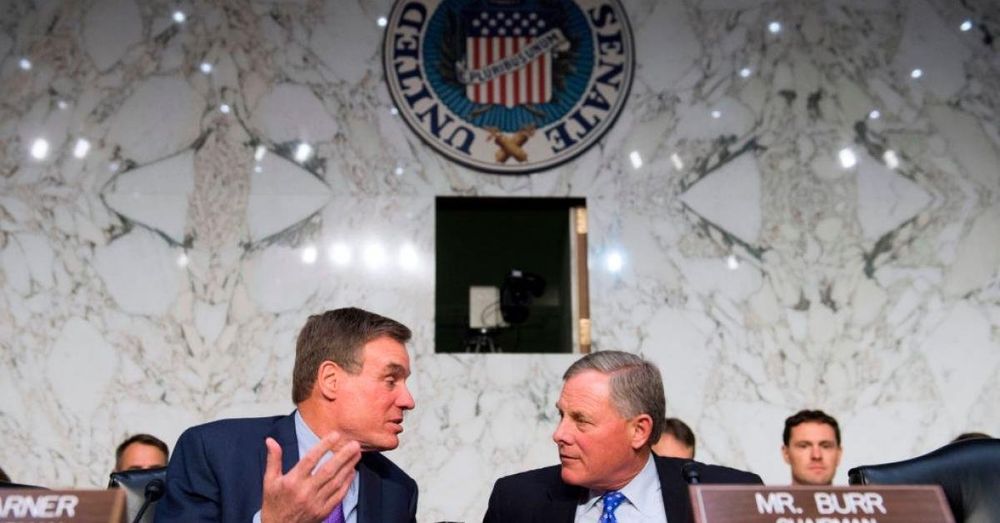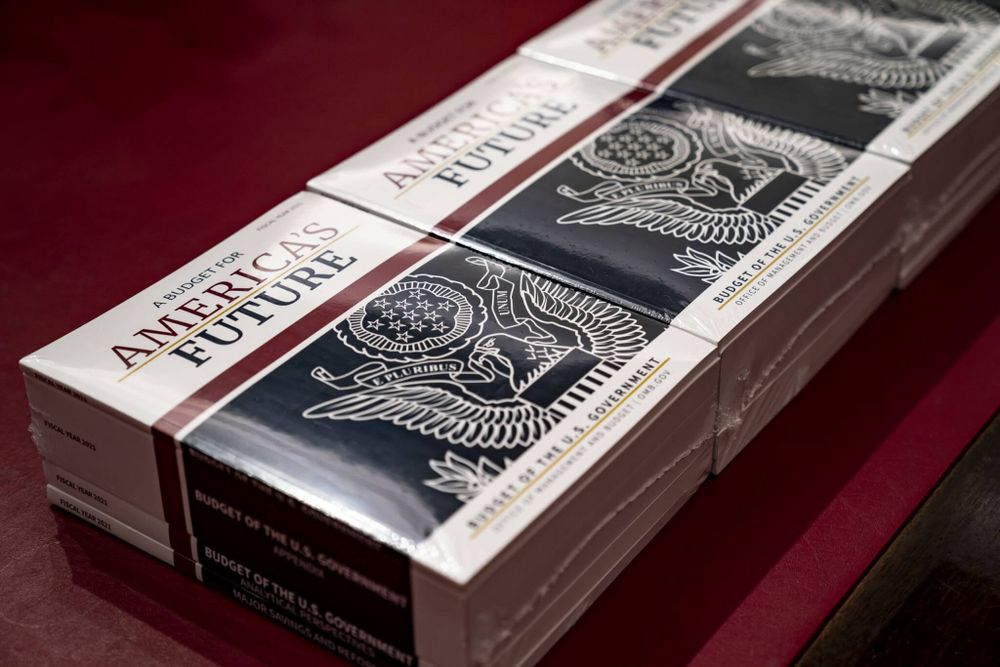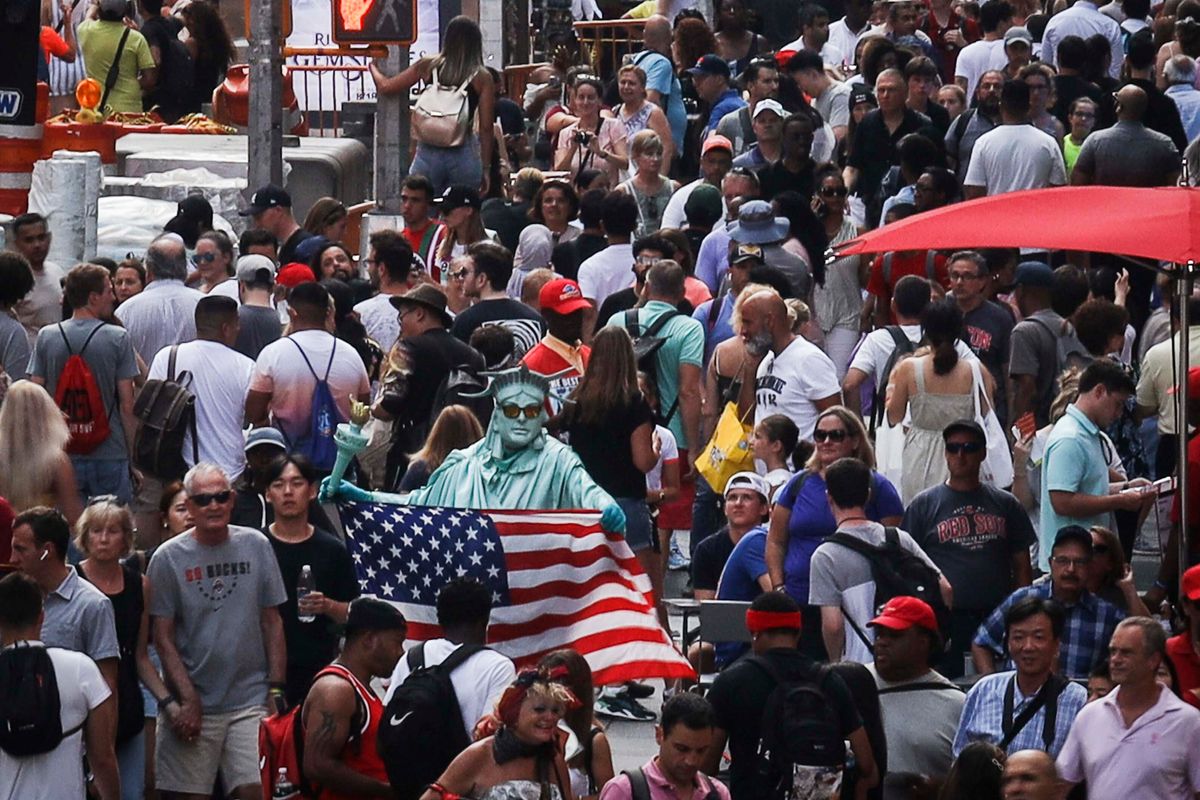
Greatest Head Count in US History Nearly Ready for Launch
With just a few months left before America starts taking its biggest-ever self-portrait, the U.S. Census Bureau is grappling with a host of concerns about the head count, including how to ensure that it is secure and accurate and the challenge of getting most people to answer questions online.
All of that is on top of the main attention-grabber of the 2020 census so far — a citizenship question that was nixed by the Supreme Court, dropped by the Trump administration, resuscitated briefly and then abandoned again.
Beginning early next year, residents from Utqiagvik, Alaska, the town formerly known as Barrow, to Key West, Florida, will be quizzed on their sex, age, race, the type of home they have and how they are related to everyone living with them.
At stake is the balance of political power in a deeply divided country, billions of dollars a year in federal funding and population data that will shape business decisions nationwide for years to come.
Costing as much as $15.6 billion, the once-a-decade census not only captures the United States at a given moment — in this case April 1, 2020, officially — but it is perhaps the only thing every U.S. household is legally required to participate in regardless of who lives there.
Counting some 330 million heads is the largest peacetime operation the federal government undertakes. The Census Bureau hires a half million workers, opens around 250 offices and mails out a multitude of forms in English and 12 other languages to more than 130 million households.
“The kind of scale we’re talking about to count this nation is massive, massive, massive,” Democratic Rep. Darren Soto of Florida said recently.
Citizenship question
A census has taken place in the U.S. every decade since 1790, and contentious legal fights about it are nothing new. But the Trump administration’s attempt to add the citizenship question triggered lawsuits that carried the issue all the way to the Supreme Court.
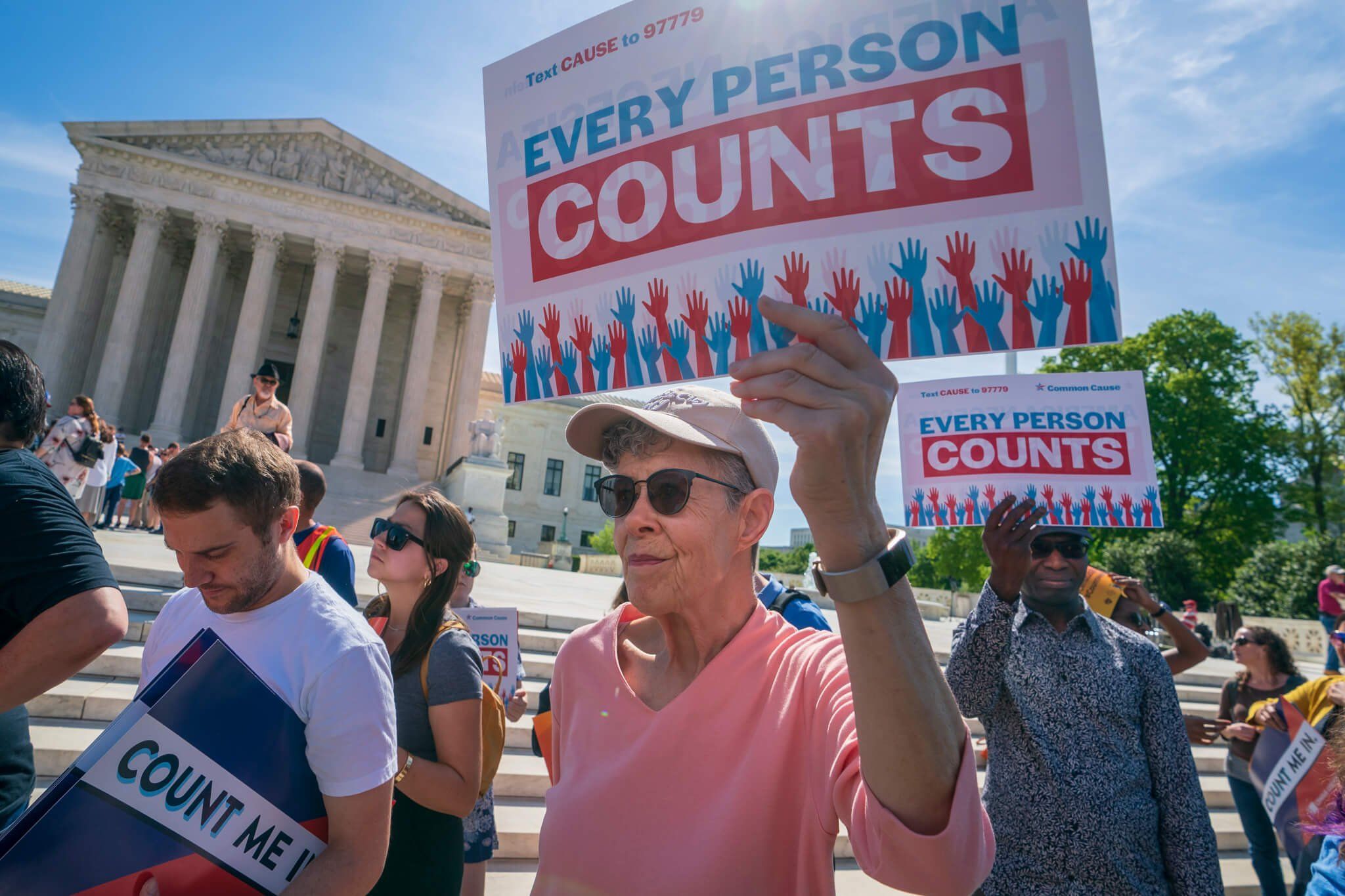
Opponents of the question said it would have discouraged participation by minorities, primarily Hispanics, who tend to support Democrats. The Republican administration argued that the question would have helped enforce the Voting Rights Act, a rationale that seemed “contrived” to Chief Justice John Roberts in his majority opinion.
President Donald Trump later said the question was needed to help draw congressional districts, even though the Constitution mandates districts based on total population, not the number of citizens.
After the administration abandoned the question, Trump directed federal agencies to compile the information in other ways. That ensured the controversy would continue and raised the possibility that it still might affect the count.
Census Bureau Director Steven Dillingham, a Trump appointee, acknowledged the challenge but vowed to conduct “the best census ever, one that is complete and accurate.”
Adriana Ibarra, a 43-year-old doctoral student from Mexico living in Memphis, Tennessee, under a temporary visa, said the chilling effect lingers. She said immigrants who are in the country illegally and others may shy away because they do not feel included in decisions made in their communities anyway.
“There’s a feeling that their voice, their vote, their presence does not substantially affect the situation or the course the country is taking,” she said.
Political ramifications
The census determines which states gain congressional seats and which lose them. Election Data Services, a firm that consults on redistricting, estimates that Texas could gain as many as three seats and Florida two. Arizona, Colorado, Montana, North Carolina and Oregon could add one each.
New York is expected to lose two seats. Alabama, Illinois, Michigan, Ohio, Pennsylvania, Rhode Island and West Virginia are expected to lose one apiece. California and Minnesota could also lose seats, but if the citizenship question had been included, experts projected smaller gains in Florida, Texas and Arizona and a more likely loss in California.
The count is also used to map districts for state legislatures, city councils and school boards, and to determine the flow of federal money to state and local governments. George Washington University’s Andrew Reamer estimated that as much as $900 billion a year in federal funding is tied to the census in some way.
Reamer calculates that each person missed in the census would cost a state an average of nearly $1,100 a year under five Department of Health and Human Services programs, including Medicaid. The impact would be biggest in Vermont, at $2,300, and smallest in Utah, at roughly $500.
Digital responses
For the first time, the Census Bureau is relying in 2020 on most respondents answering questions via computer, tablet or smartphone. Respondents can also call a phone number to give their answers. Those who don’t respond will receive paper questionnaires in the mail.
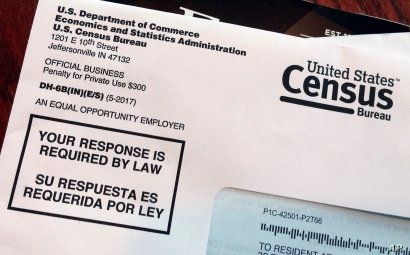
If all those methods fail, the bureau will send out “enumerators” to knock on doors.
The agency intends to spread the word about its “internet first” approach. Census officials envision clergy asking churchgoers to take out their cellphones to answer questions before services and announcers nudging fans at baseball games.
Leaders of some minority groups worry that the reliance on the internet risks undercounting people less likely to be online: low-income households, immigrants, and elderly and rural residents. Other historically undercounted groups include Native Americans, renters and people whose primary language isn’t English. Owners of multiple homes are among the most likely to be double-counted.
Some experts say the online approach should have been tested more. The only end-to-end test was done in Providence, Rhode Island, last year after two other tests were scaled back to save money. The rate of people responding on their own was higher than expected at 52.3 percent, but the bureau is aiming for 60.5 percent in 2020.
Cybersecurity worries also persist. The Government Accountability Office added the census to its “high risk” list of federal programs two years ago. As recently as this past spring, the watchdog agency said a squeezed testing schedule increased the risk that systems would fail.
Dillingham promised to address those problems, and others have offered to help.
Facebook, which was used to spread misinformation during the 2016 election, is building a team to protect against census misinformation. Microsoft has agreed to audit security practices and provide the bureau with threat intelligence.
A lot is at stake for ordinary Americans — right down to the last house on the last block in every city and hamlet. Virtually every aspect of American life could be affected, a point Florida Rep. John Cortes made at a recent forum on the decennial census in Orlando.
“We have to focus on getting people to fill out the census so we can get the money,” said Cortes, a Democrat. “Without money, we get zero. Money is the honey.”
 ‘Rev It Up’: Back at Home, Klobuchar Told to Get ToughNext PostDeutsche Bank Says Records Sought in Trump Congressional Probe Include Tax Returns
‘Rev It Up’: Back at Home, Klobuchar Told to Get ToughNext PostDeutsche Bank Says Records Sought in Trump Congressional Probe Include Tax Returns
